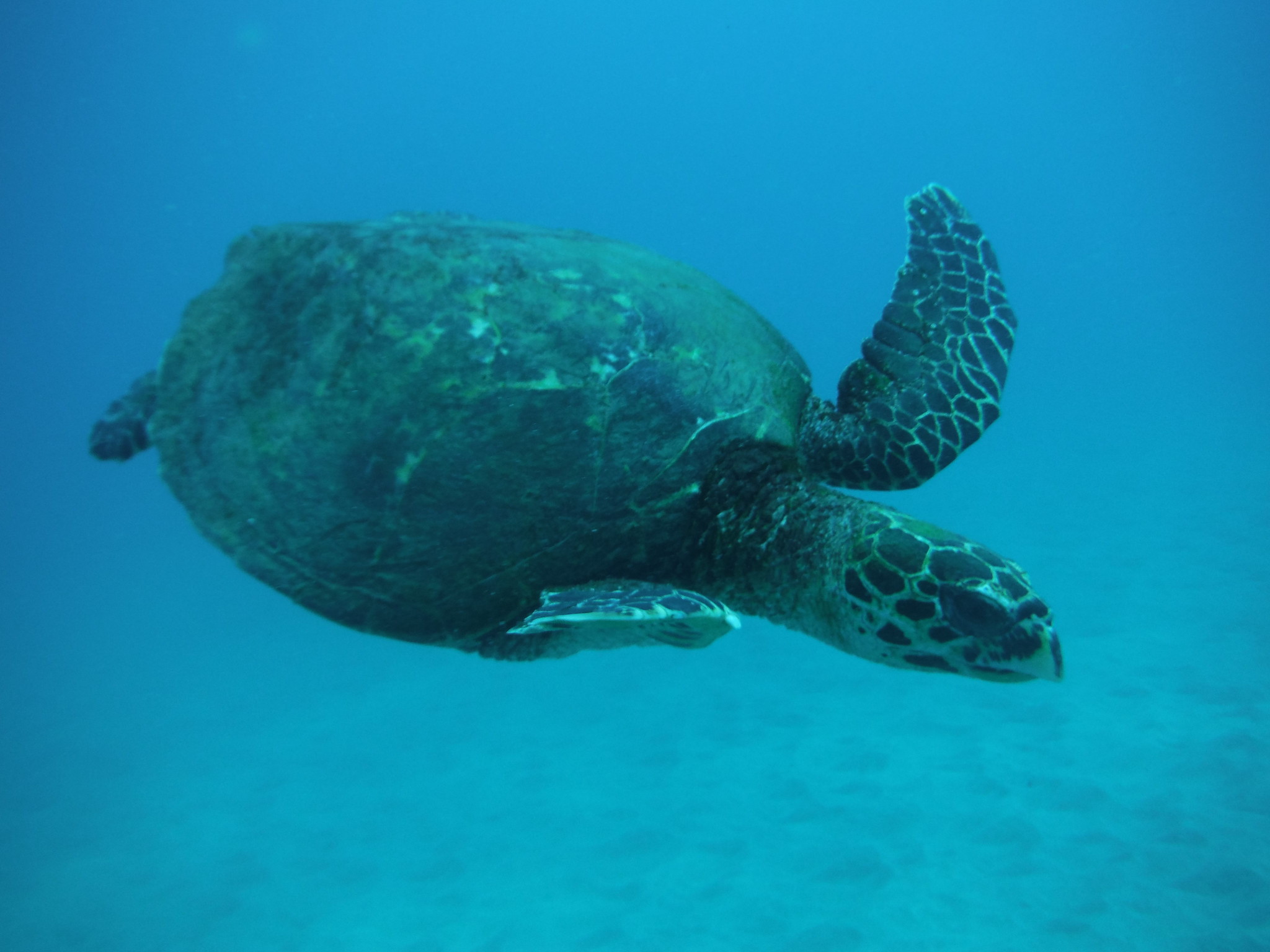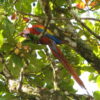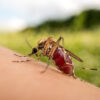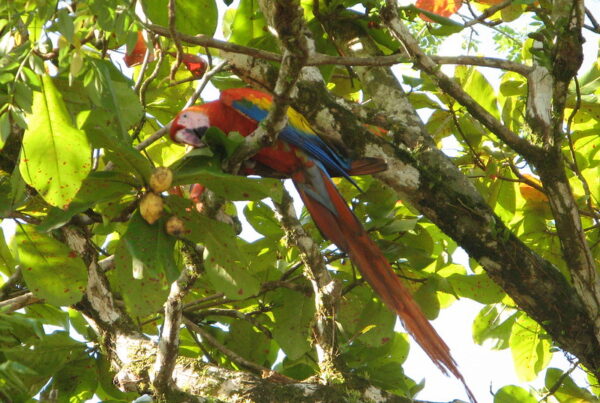
Encountering wildlife is inevitable when walking through the biologically rich jungles of Costa Rica, but one thing is certain: a lot more creatures will encounter you than you will encounter them. A major factor in the survival of many species is their ability to blend into their surroundings using camouflage in order to avoid detection by would-be predators. So, if these animals are doing their job, they will be intentionally hard to find.
This is especially true when you spend time on the Osa Peninsula searching for sloths, as you surely will begin to wonder if every moss-covered lump you see is a sloth. They may very well be, since sloths essentially are moss-covered lumps, but your eyes will often tell your brain that you are looking at just another tree branch.

Other creatures that have mastered the art of camouflage are Costa Rica’s frogs. One of our keen-eyed biologists spotted one blending into the brush and snapped the picture above. At first glance, you might just see a bunch of dead leaves on the ground, but a closer look reveals the beige-brown back of the frog. Many frog species are on the dinner menu for omnivorous primates in the Osa Peninsula such as the squirrel monkey (Saimiri oerstedii) and the white-faced capuchin (Cebus capucinus). To a frog, a human sauntering through the jungle is a big hairless monkey that should be avoided, lest they become that monkey’s next meal.
During your next jungle walk, listen for frog clicking sounds, which are often heard at Casa Roja, and keep a careful eye out for frogs at your feet. But don’t be discouraged if you are unable to find any – that just means the frogs are succeeding in their effort to stay out of sight.
This story was written by Joey Vink as part of an internship with FISHBIO.






